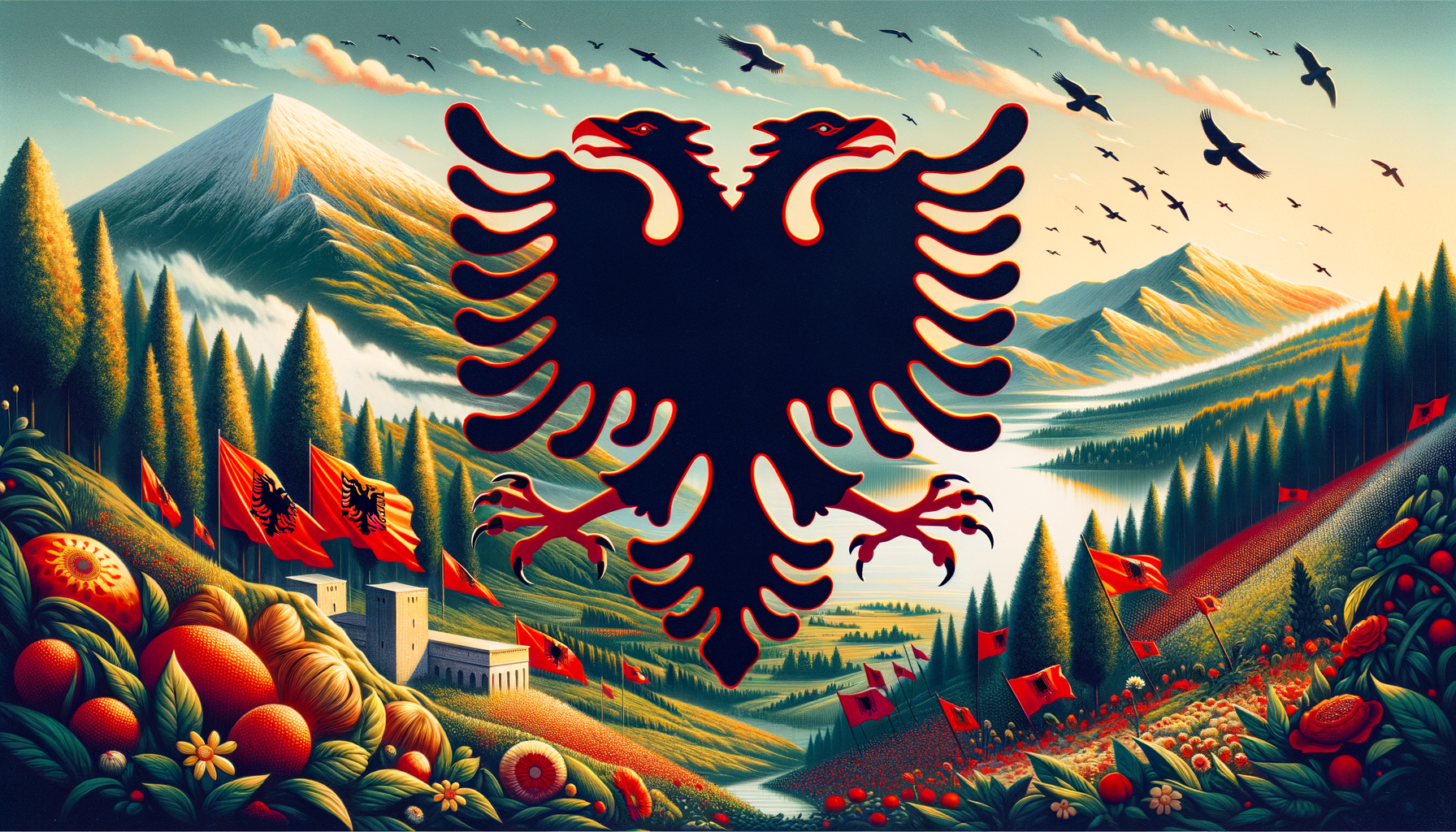Albania’s Path to Independence: Celebrating History and Heritage
Albania’s Independence Day is a celebration of national pride and historical significance.

The Historical Journey to Independence
Albania’s journey to independence is a tale of resilience, determination, and the unyielding spirit of its people. Situated in the Balkan Peninsula, Albania has a rich history marked by various occupations, including the Roman, Byzantine, and Ottoman empires. The quest for independence began in the late 19th century, influenced by the wider nationalist movements sweeping across Europe. The Albanian Renaissance, a cultural and political movement, played a pivotal role in awakening national consciousness among Albanians. Intellectuals and leaders like Ismail Qemali and Luigj Gurakuqi were instrumental in advocating for independence through diplomatic channels and international support.
On November 28, 1912, Albania declared its independence from the Ottoman Empire. This historic event took place in the city of Vlorë, where Ismail Qemali raised the national flag, symbolizing the birth of a new nation. The declaration was a significant milestone, but it was met with numerous challenges. The Balkan Wars and World War I posed threats to Albania’s sovereignty, leading to international negotiations and interventions. Despite these hurdles, Albania’s determination to maintain its independence remained steadfast, eventually gaining recognition from the international community.
Key facts about Albania’s journey to independence:
- Influential Leaders: Figures like Ismail Qemali and Luigj Gurakuqi were crucial in the independence movement.
- Declaration Date: November 28, 1912, marks the official declaration of independence.
- International Recognition: Albania’s sovereignty was recognized in 1913 by the Great Powers of Europe.
Cultural Significance and Celebrations
Albania’s Independence Day is not just a commemoration of historical events; it is a celebration of cultural identity and national pride. Each year, on November 28, Albanians across the globe come together to honor their heritage and reflect on the sacrifices made by their ancestors. The day is marked by various cultural events, including parades, concerts, and traditional dances that highlight Albania’s rich cultural tapestry.
In the capital city of Tirana, the celebrations are particularly vibrant, with official ceremonies held at key historical sites. The raising of the national flag at the Independence Monument is a symbolic act that resonates with Albanians, reminding them of their hard-won freedom. Schools and institutions organize educational programs to teach younger generations about the significance of independence and the importance of preserving national identity.
Key elements of the celebrations:
- National Flag: The red flag with a black double-headed eagle is a powerful symbol of Albanian identity.
- Cultural Events: Traditional music and dances are integral to the celebrations, showcasing Albania’s diverse heritage.
- Educational Programs: Schools play a crucial role in educating the youth about the historical significance of Independence Day.
Comparisons with Other Independence Movements
Albania’s independence movement shares similarities and differences with other nationalist movements across the globe. Like many countries in the Balkans, Albania’s quest for sovereignty was influenced by the decline of the Ottoman Empire and the rise of nationalism in the 19th century. Comparatively, Greece and Serbia also sought independence from Ottoman rule, each facing unique challenges and adopting different strategies to achieve their goals.
One notable difference is the timeline and external influences. While Greece secured its independence in 1830, Albania had to wait until 1912, navigating a complex web of international politics and regional conflicts. The role of influential leaders and the diaspora was crucial in both cases, with Albanians abroad actively supporting the movement through lobbying and advocacy.
Key comparisons:
- Timeline: Albania declared independence in 1912, later than Greece (1830) and Serbia (1878).
- International Influence: The Great Powers played a significant role in recognizing Albania’s sovereignty.
- Leadership: Influential figures like Ismail Qemali were pivotal in Albania’s independence, similar to leaders in other movements.
These comparisons highlight the unique aspects of Albania’s journey while situating it within the broader context of global independence movements. Understanding these dynamics offers insight into the complex interplay of local and international forces that shape national histories.



